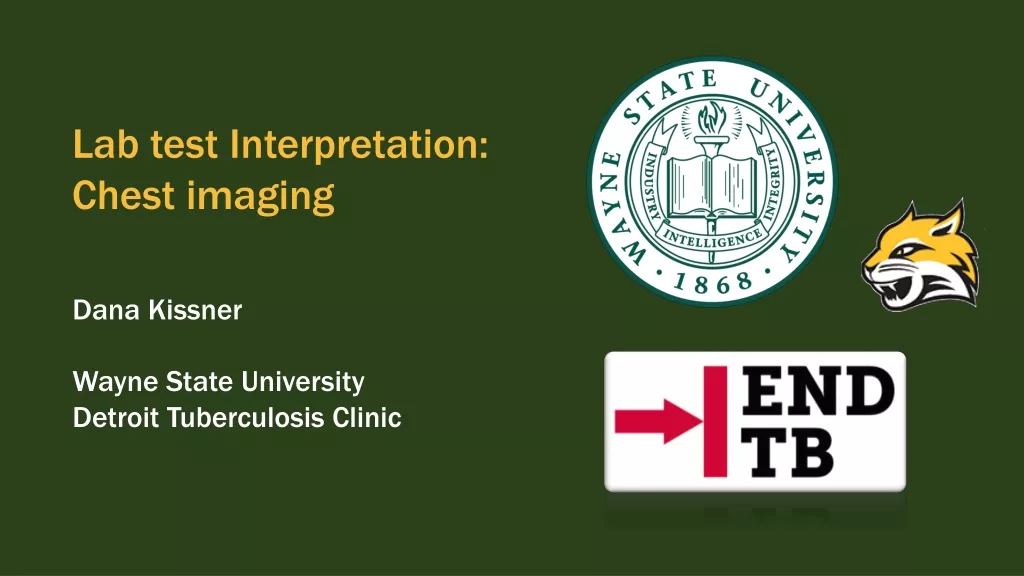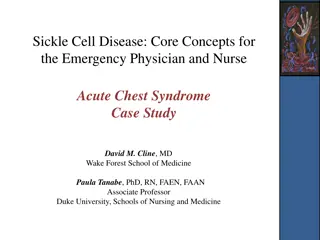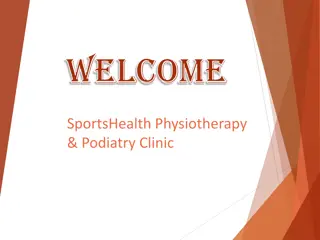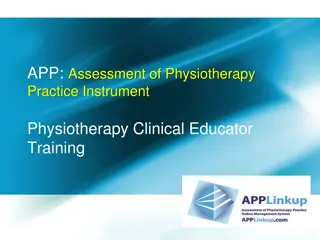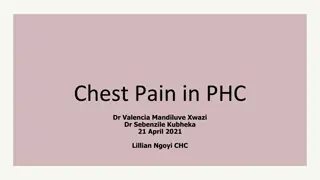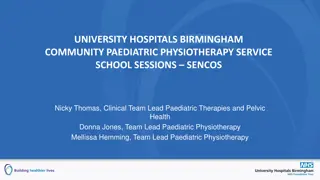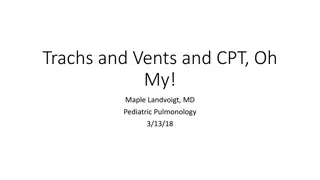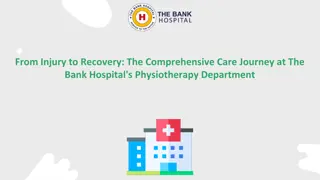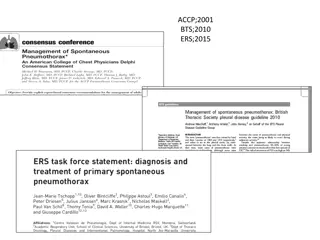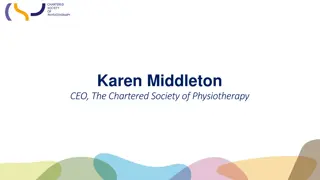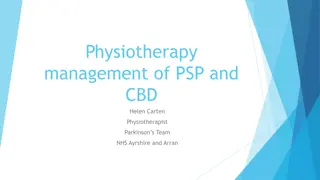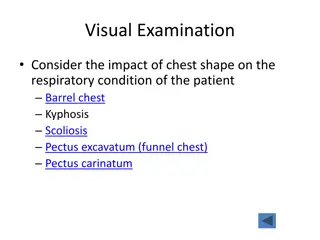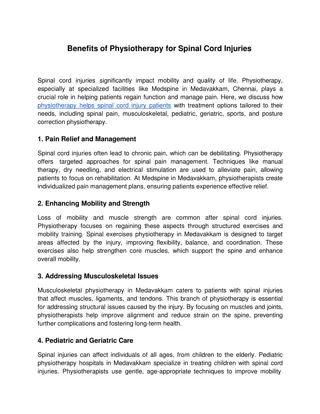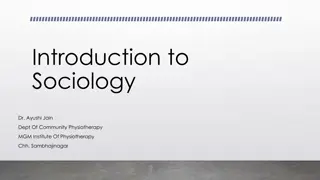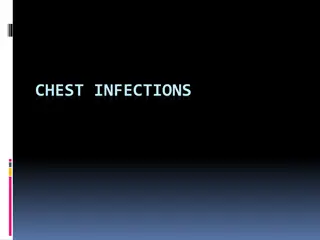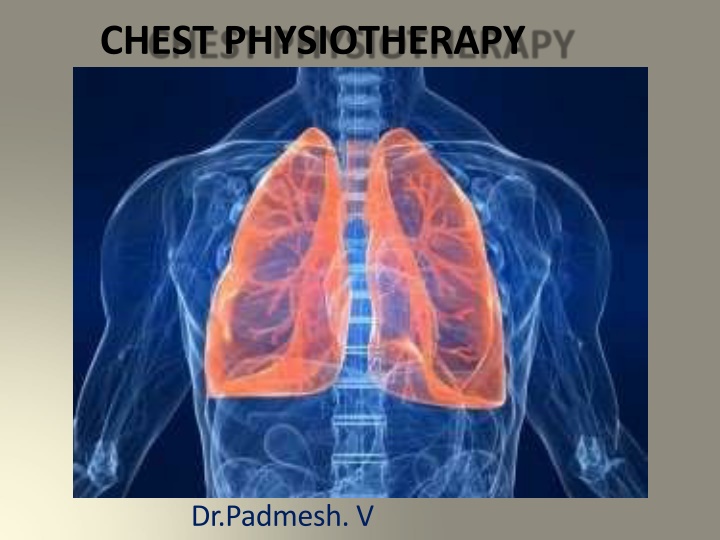
Chest Physiotherapy: Techniques and Goals
Chest physiotherapy (CPT) focuses on bronchial hygiene through methods like postural drainage, chest percussion, and directed coughing. The goals include moving secretions for improved ventilation and matching. Preparation involves assessment and positioning, while necessary equipment includes oxygen masks and pulse oximeters.
Download Presentation

Please find below an Image/Link to download the presentation.
The content on the website is provided AS IS for your information and personal use only. It may not be sold, licensed, or shared on other websites without obtaining consent from the author. If you encounter any issues during the download, it is possible that the publisher has removed the file from their server.
You are allowed to download the files provided on this website for personal or commercial use, subject to the condition that they are used lawfully. All files are the property of their respective owners.
The content on the website is provided AS IS for your information and personal use only. It may not be sold, licensed, or shared on other websites without obtaining consent from the author.
E N D
Presentation Transcript
CHEST PHYSIOTHERAPY Dr.Padmesh. V
Chest Physiotherapy Definition: Chest physiotherapy (CPT) is one aspect of bronchial hygiene and may include: -Turning, -Postural drainage, -Chest percussion and vibration, -Specialized cough techniques known as directed cough. Any or all of these techniques may be performed in conjunction with medicinal aerosol therapy (i.e.,bronchodilators or mucolytics).
Chest Physiotherapy The goals of CPT are : -To move bronchial secretions to the central airways via gravity, -External manipulation of the chest, and to eliminate secretions by cough or aspiration with a catheter. Improved mobilization of bronchial secretions contributes to improved ventilation-perfusion matching and the normalization of the functional residual capacity.
Chest Physiotherapy Preparation : 1) Ensure that several hours have passed since the child has eaten . 2) Perform a baseline respiratory assessment. Place the child on a pulse oximeter . 3) Place the child in the position to permit gravity drainage of secretion . 4) Administer the bronchodilator , if needed , to relax the airway muscles .
Chest Physiotherapy EQUIPMENT: 1) Oxygen mask , baby bottle nipple (for infant) . 2 ) Emesis basin or sputum cup . 3 ) Pulse oximeter . 4 ) Tissues 5) Pillows
ABSOLUTE CONTRA INDICATIONS TO CHEST PT: Unstabilized head and/or neck injury Active hemorrhage with hemodynamic instability or significant possibility of occurrence. Osteogenesis imperfecta or other bone disease associated with brittle or extremely fragile bones/ Fracture of ribs OTHER CONTRA INDICATIONS: Intracranial pressure > 20 mm Hg Active hemoptysis Acute spinal injury/ Spine surgery Pulmonary embolism Worsening bronchospasm etc
http://oscepediatrics.blogspot.in/ http://www.slideshare.net/Dr_Padmesh

